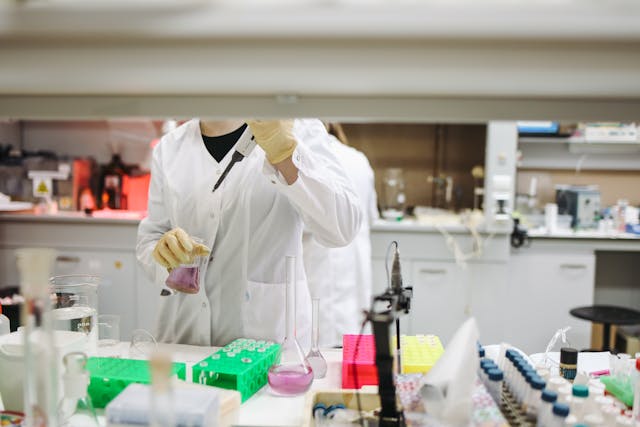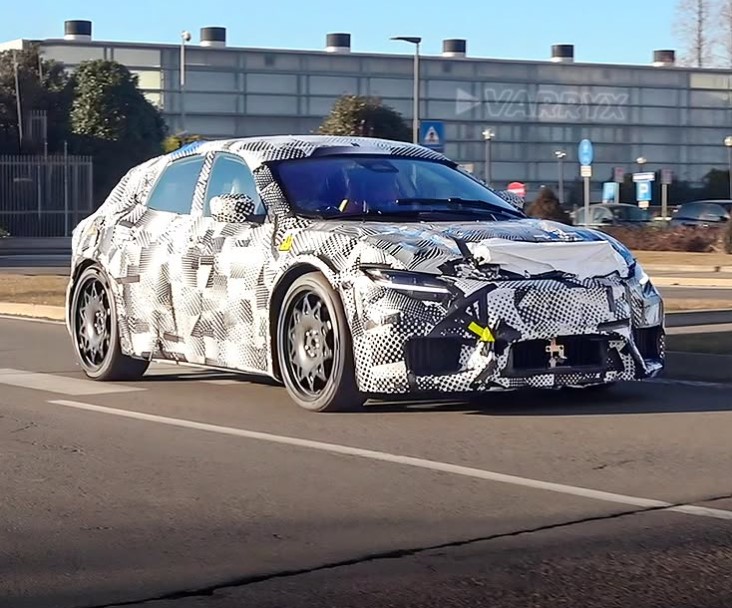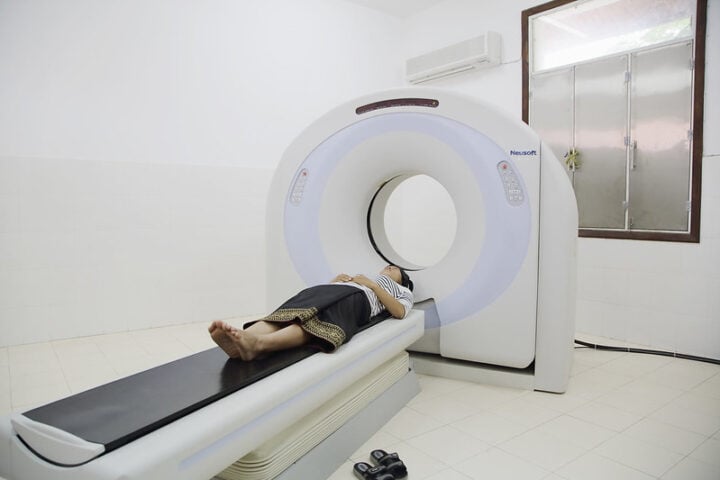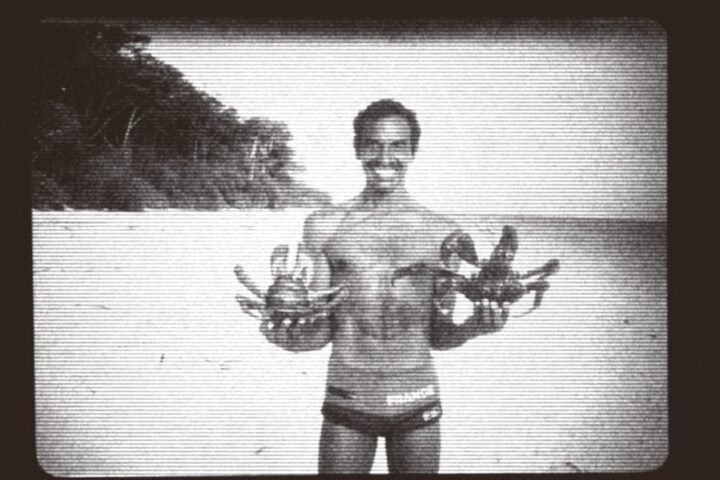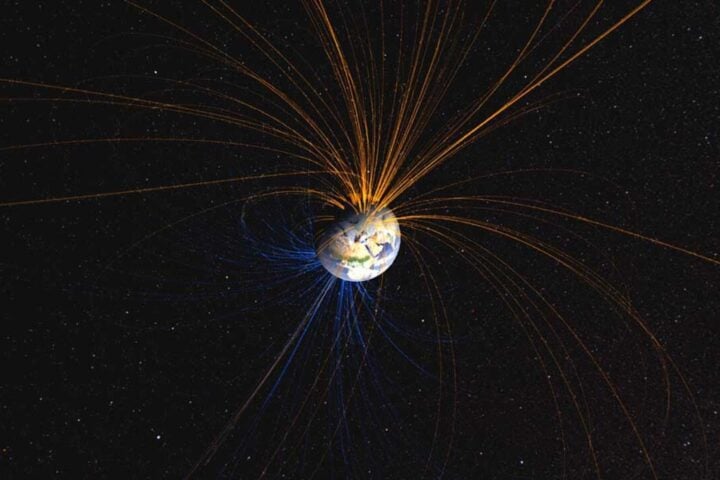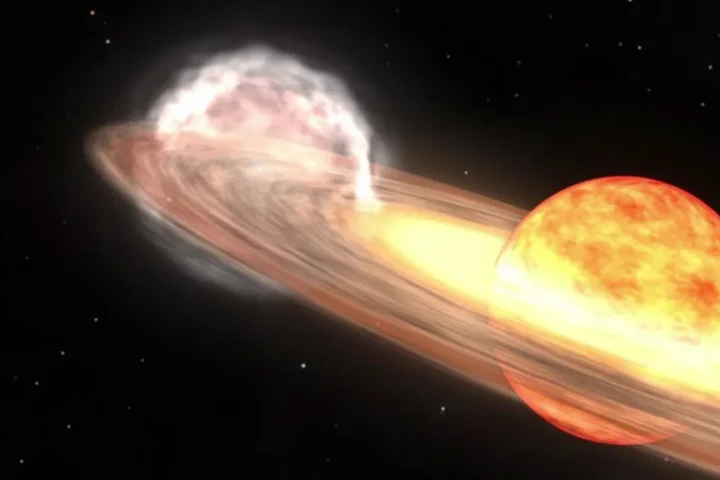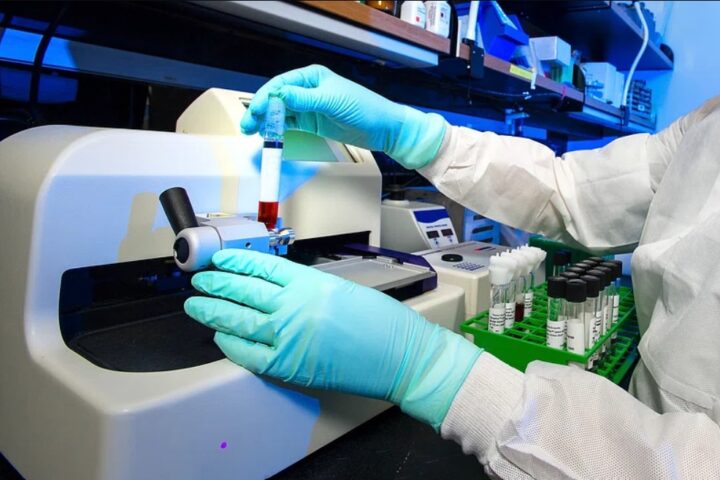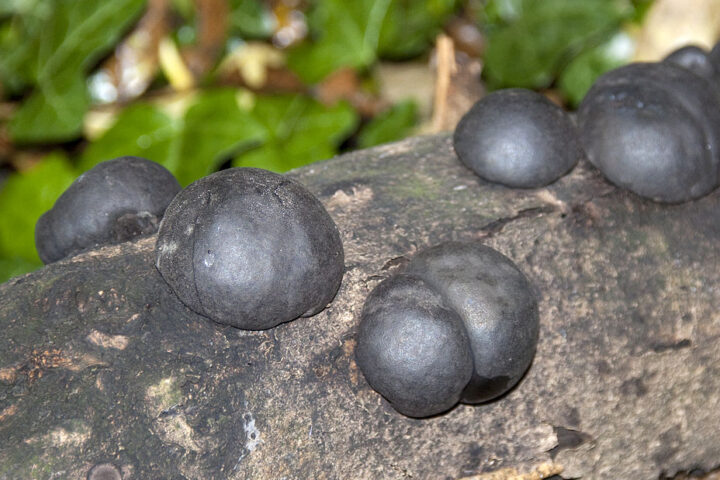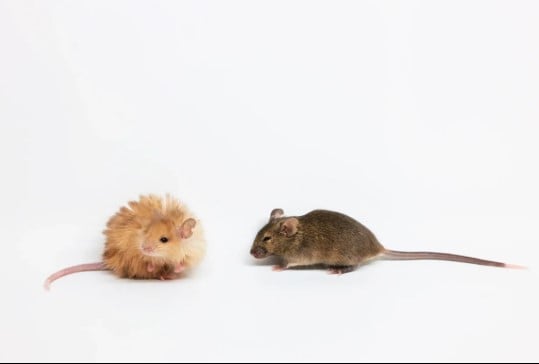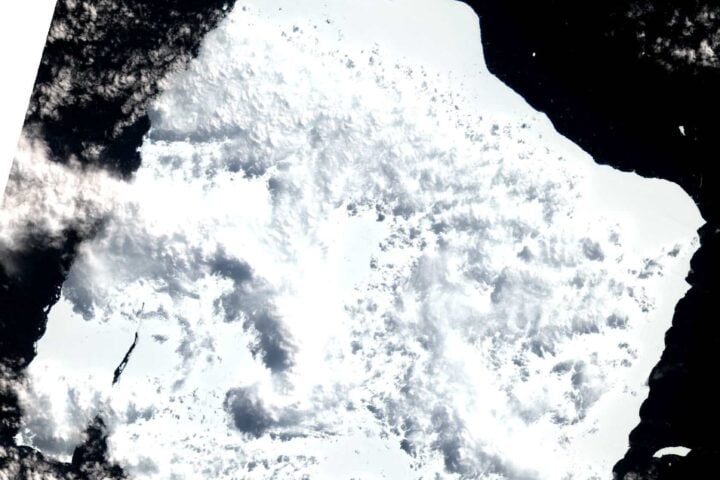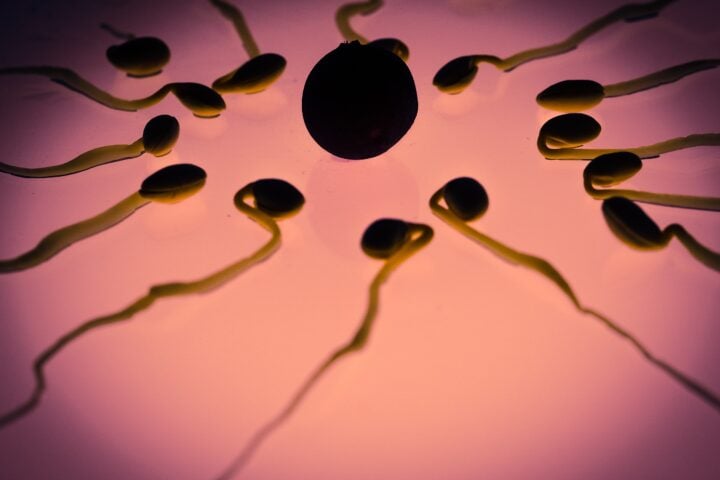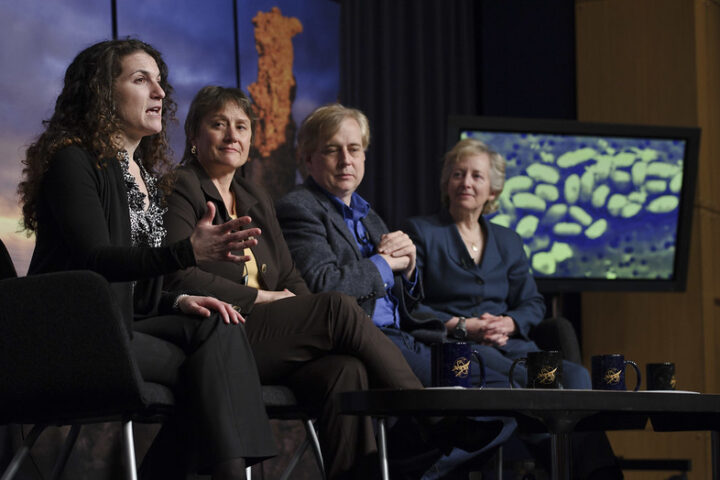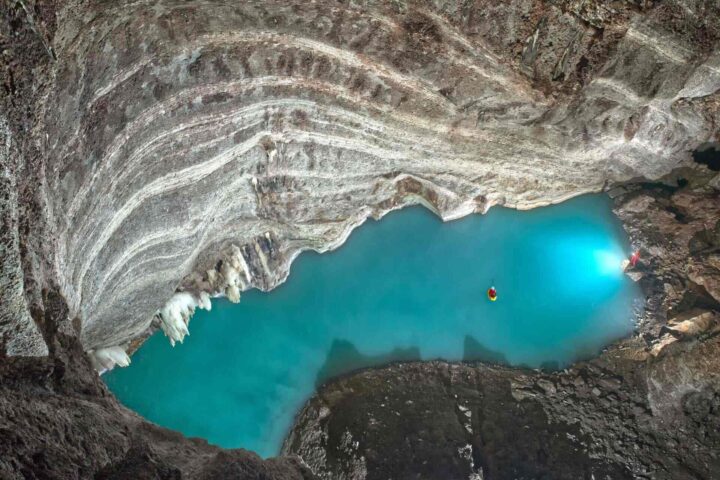Think of mercury as an invisible danger in our water and food. Now, scientists at IIT Guwahati have created tiny light-up particles that act like detectives, finding mercury before it can harm us.
Prof. Saikat Bhaumik and his team created special crystals about 100,000 times smaller than a human hair. When these crystals touch mercury, they glow bright green – like a warning light telling us something’s wrong. Just as a smoke detector warns us about fire, these crystals warn us about dangerous mercury.
“One of the standout features of these perovskite nanocrystals is their narrow emission linewidth, which is desirable for improving the sensitivity due to the high signal-to-noise ratio for metallic detection,” says Prof. Bhaumik. Their crystals can detect mercury at levels as low as a few nanomolar concentrations, allowing extremely precise detection.
The team solved a big problem that held back similar technology. Usually, these detecting crystals stop working when wet – imagine a paper towel falling apart in water. The scientists wrapped their crystals in silica and polymer coatings, like putting them in a tiny waterproof jacket. Now they work well in water and keep working for a long time.
Similar Posts
Safety was crucial. The team tested their crystals on living cells, similar to ones in our bodies. “This innovation could revolutionize disease diagnostics and environmental monitoring by improving the detection and management of metal toxicity in biological systems,” explains Prof. Chandan Goswami from NISER Bhubaneswar.
Why does this matter? Mercury is dangerous. It can slip into our food and water without us knowing. Even small amounts can damage our brain, nerves, and organs. Through this cost-effective method, mercury detection could become more accessible and efficient in various settings.
The research appeared in important science journals: Journal of Materials Chemistry C and Materials Today Chemistry. The team includes researchers Ashutosh Mohapatra, Kajol Sahoo, Tusar Kanta Acharya, Satish Kumar, and Nishant Kumar Dubey.
These crystals might do more than find mercury. They could spot other dangerous metals too. Doctors might even use them to watch how medicines move through our bodies, making treatments safer and more effective.
This innovative method offers both accuracy and safety in detecting mercury. Most importantly, it’s non-toxic when used around living cells and in our environment.
Prof. Bhaumik’s team continues improving their invention. Their work shows how science can solve real problems in our daily lives, helping keep our families and communities safer from hidden dangers like mercury.
